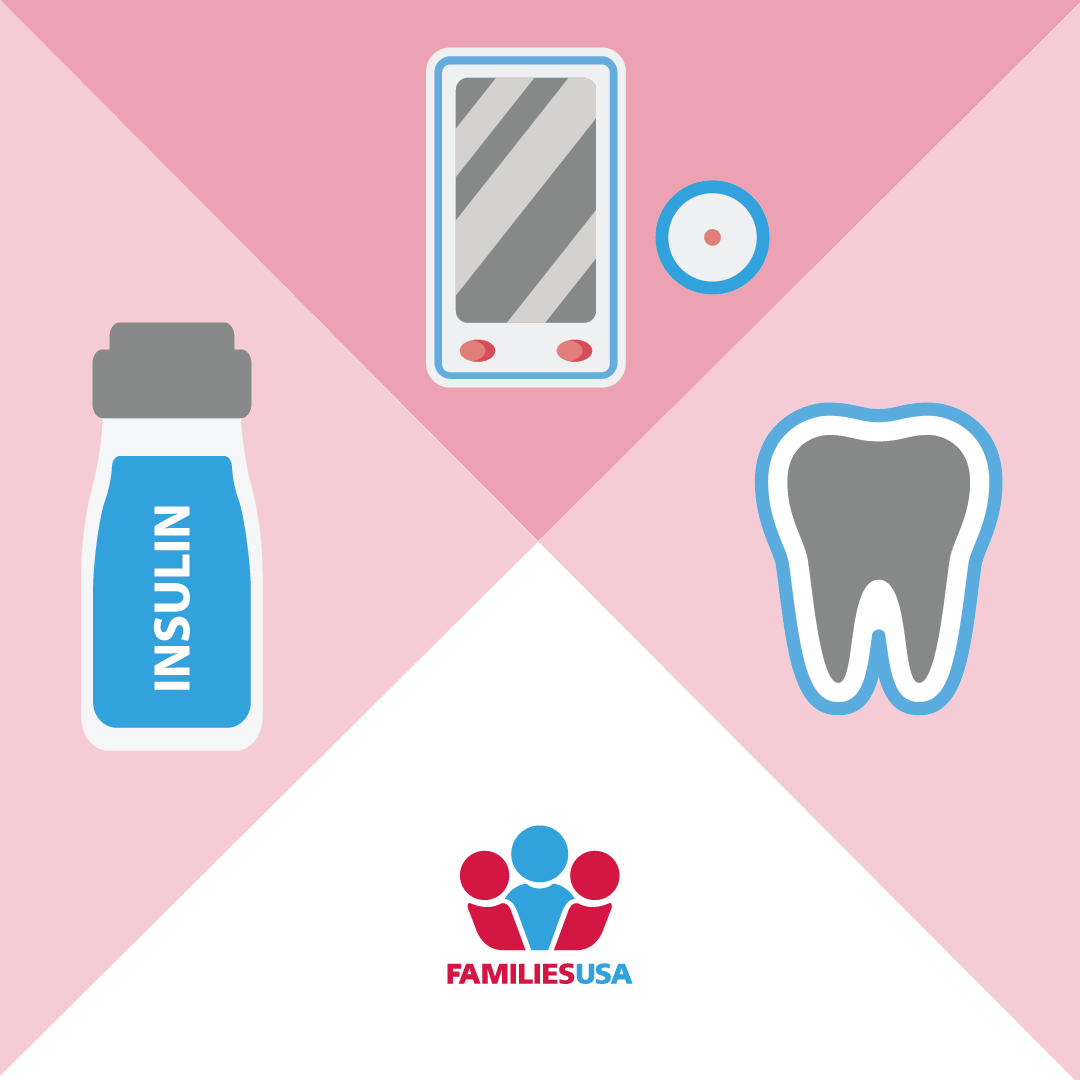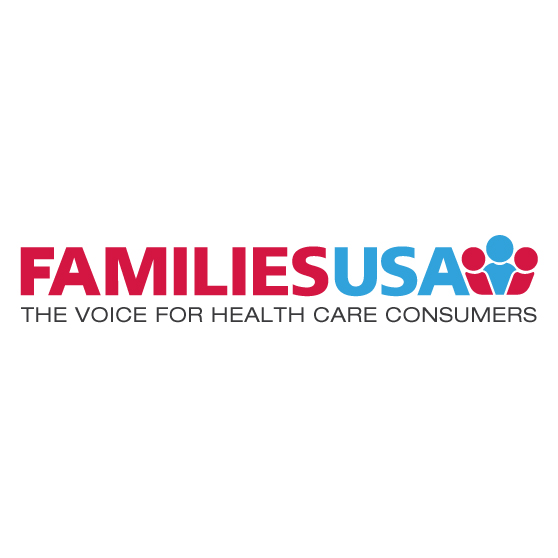
Maryland’s Path to a Prescription Drug Affordability Board
07.01.2019
Written by Catherine Kirk Robins, Deputy Director, Maryland Citizen’s Health Initiative
The drug pricing system in this country is broken. Lifesaving medicines are frequently priced out of reach, resulting in nearly one third of Americans reporting that they have not taken their medication as prescribed due to cost. Despite an overwhelming need and broad public support, very little substantive action has been taken on the federal level. With prescription drug prices continuing to rise, many Americans are left asking, “Will anything be done?” Statehouses across the nation may hold the answer to their question.
In recent years, state legislatures have seen a flurry of proposals to address prescription drug costs. While state-based approaches face unique challenges, action at this level is vital. Historically, states have served as incubators for health care innovation, and few have had as much success as Maryland. Already home to the innovative all-payer health care model and an early adopter of Medicaid expansion, this year Maryland became the first state in the nation to create a Prescription Drug Affordability Board. The law’s July 1stenactment marked the culmination of a multi-year, grassroots effort based on the recognition of a simple truth that pharmaceutical manufacturers have long ignored: drugs don’t work if people can’t afford them.
What is a Prescription Drug Affordability Board?
Built on the National Academy for State Health Policy’s model legislation, Maryland’s Prescription Drug Affordability Board is an independent body with the authority to review high-cost prescription drugs and identify fair, appropriate rates for Marylanders to pay. The Board will serve as a watchdog for the Maryland public, and its creation means that for the first time in the U.S. pharmaceutical manufacturers must justify their skyrocketing prices. The Board will examine a broad range of economic factors along the entire pharmaceutical supply chain, including spending on advertising, public research investment, and the actions of “middlemen.”
The original legislation would have granted the Board the authority to establish upper payment limits for all purchases of certain high-costs drugs within the state. As enacted, the law will: establish a Prescription Drug Affordability Board with staff and funding; require the Board to closely examine the problem of high-cost drugs and its impacts; give the Board, with the approval of Maryland’s Legislative Policy Committee, the authority to make prescription drugs more affordable for state and local government entities; and require the Board to present a plan to the state legislature on how to make prescription drugs more affordable for all Marylanders.
Though a staggering 81% of Marylanders favor this measure, the legislation faced steep opposition in the General Assembly and ultimately became law without the signature of Governor Larry Hogan. Lobbyists from the pharmaceutical industry flooded the halls of Annapolis, painting gloom-and-doom scenarios and threatening legal challenges. Despite industry pressure, the grassroots campaign saw success by following our Six Steps for Effective Advocacy. A key to our success was to make prescription drug affordability an issue in the 2018 state election.
By elevating patient voices and harnessing the power of a 300-member coalition of faith, health, labor, community, and business partners, advocates were able to counter these claims, illustrating to lawmakers the immense need for legislative action. Additionally, it was critical to show the feasibility of a rate-setting mechanism. Though Maryland’s Prescription Drug Affordability Board is the first of its kind, rate setting is already common in health care and other industries. Much like the commissions tasked with regulating public utility and insurance rates, a Prescription Drug Affordability Board is designed to act in the public’s best interests to establish reasonable rates.
What are the next steps?
Maryland’s new law, while a landmark development, does not mark the pinnacle of states’ efforts to address skyrocketing drug costs. Instead, what Maryland enacted should serve as a springboard for other states to dive into comprehensive and meaningful prescription drug affordability work. The momentum is growing around the country—now is the time to act on it. Advocates looking for more information are invited to reach out to Justin Mendoza at Families USA learn more about state efforts to make prescription drugs more affordable, or to visit healthcareforall.com to learn more about the approach in Maryland.




